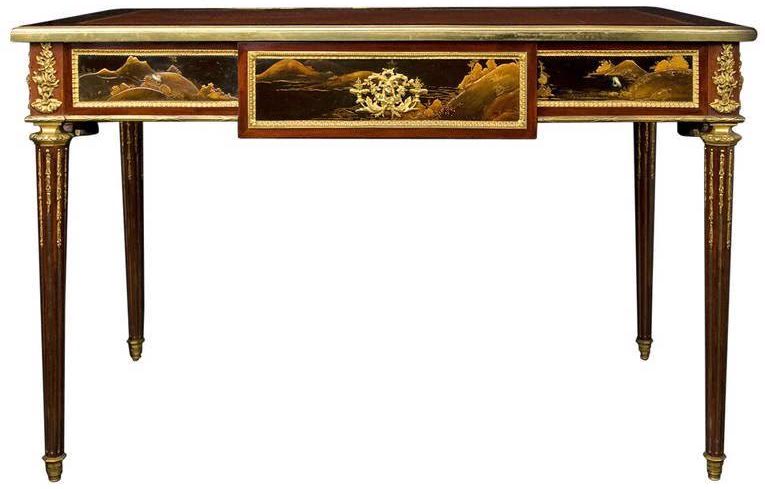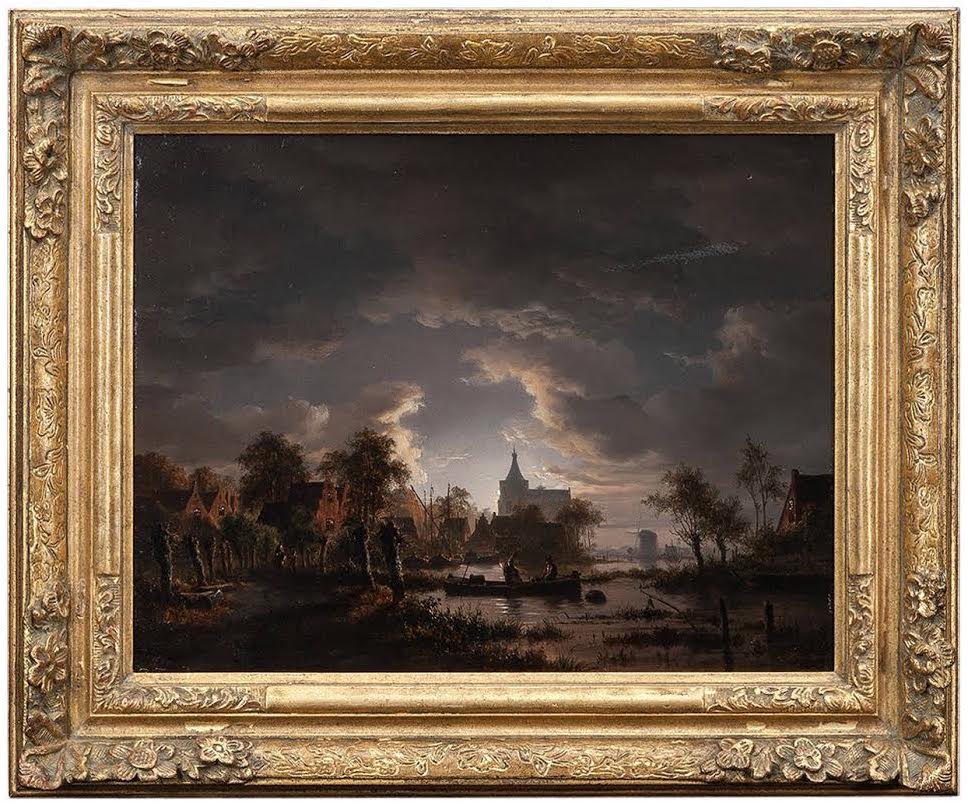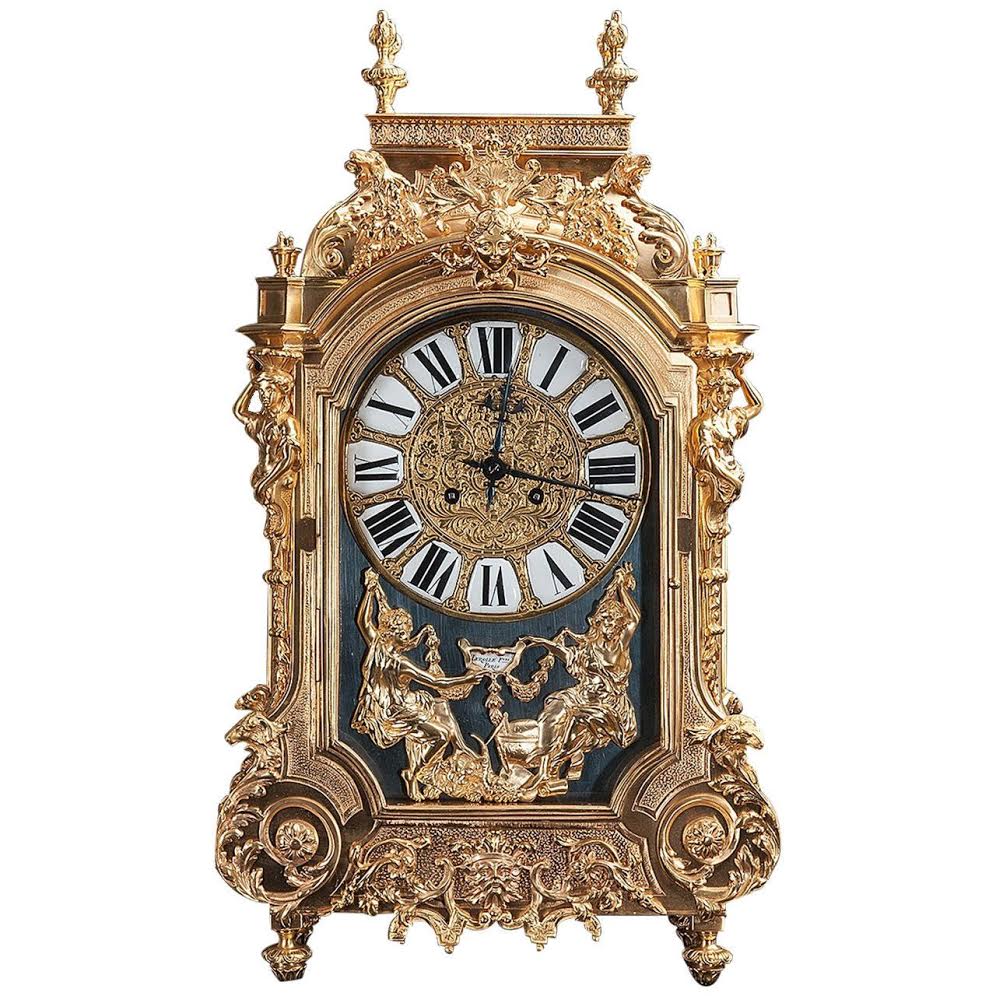In collaboration with Dési van Rhee (Antique Expert) and Mark Haasnoot (Art Expert)
The Antiques and Art auctions joined forces to deliver a special collection for this special auction. The 17th and 18th centuries in Europe were a big inspiration for many designers and artist, including the following collection of art and antiques. The collection includes a selection of paintings, clocks and bureaus that are up for auction. The auction will end on the 25th of June. Keep reading to discover what is so unique about this exclusive collection and how you can bid on these pieces.
The History
After circa 1850 to a greater or lesser extent, in the whole of Europe the applied arts, including furniture and interior design, were influenced by the revival of a series of historical styles from Gothic and Renaissance to Louis XIV, Louis XV and Louis XVI. This new historical awareness led each country to look back to the styles dating from the most glorious moments in its artistic history. The finest craftsmen revived the art of their 18th-century predecessors, producing a rich array of exquisite copies and reconstructions, many of them commissioned by the royal families and members of the nobility. With exceptional technical expertise, they produced style pieces using the finest veneers and the most sophisticated and complex inlays, chased gilt-bronze mounts and polychrome lacquers to create furniture as beautiful as the 18th-century originals.
The Collection
In the upcoming auction, one can bid on high-quality style pieces such as the Louis XVI style gilt bronze mounted Japanese lacquer and mahogany bureau plat after the model by Martin Carlin. Martin Carlin (1730-1785) was born in Germany and emigrated to Paris to become an ébéniste. Master of the Neoclassical style, Carlin was mainly known for his small and extremely elegant tables, music stands and jewel cabinets decorated with Sèvres porcelain plaques. Apart from these smaller pieces, he also produced larger works set with lacquer panels after which the 19th-century bureau plat, which is now up for sale, was modeled. Notice the highly elegant gilt-bronze bow tied swags on the sides of the bureau.

Bureaus and Cabinets
Another beautiful piece in this collection is the Louis XV style gilt bronze mounted kingwood basket woven parquetry and fruitwood floral marquetry bureau en rognon in the manner of Paul-Charles Sormani. This interesting piece, incorporating a small clock in the superstructure, is a good example of the still existing high level of ébénisterie in the late 19th/early 20th century. The two small bombé cabinets flanking the central shelf are opening to a satiné, and ebony cube parquetry interior and the high-quality gilt bronze mounts are a beautiful addition to the basket woven panels and drawer fronts.

Romantic Art
It may come as no surprise that we cannot find any names of Dutch painters in the literature on Romanticism as a painterly movement. What the French, German, Scandinavian and English Romantic painters had in common, their Dutch counterparts lacked for the most part. Where the international movement seemed to be more capable of capturing and portraying the feelings of the individual artist and the grace of nature, the Dutch approach was entirely different. The interpretation and execution of the thoughts and ideas of the Romantic movement differed per country. The Dutch, of course, had their own idea of art. In Dutch Romanticism, we do not find any battle scenes with a greater moral message or a landscape with glaciers or a dark and dingy graveyard with a wandering monk.

Artists like B.C. Koekkoek and his best pupil Klombeck came close to this idea in their subject matter. Their forest landscapes with ancient oak trees and stormy weather approaching give us a feeling of the greatness of God’s creation. Most Romantic painters, however, chose a different approach.
Dutch Art
One of the reasons is that the artist and the art market in Holland in the 18th and early 19th century were still very much under the influence of the vast numbers of artworks that were left from the 17th century (estimates go as high as €5 million). Owning art in 17th-century Holland was not only privileged by the Church and Gentry like everywhere else in Europe. The Dutch Republic of 17th-century Holland was mainly a civil society, and each class had its own demand for paintings. Thus the Dutch painters in the 17th century developed specialities. There were marine painters, cityscape painters, landscape artists and painters of church interiors. There were also genre painters, portrait artists and still life painters. The traditional genres like history painting and paintings of biblical and mythological scenes were much rarer. The demand for Dutch Romanticism however, has always been high. Not more than a decade ago paintings by B.C. Koekkoek sold at auction for more than €1 million as did paintings by Cornelis Springer.

In this collection, we find very fine examples of Dutch Romanticism. There is an excellent painting by J.T. Abels (1803 – 1866), who specialised in river scenes by night, and Jan Sluijters (1881-1957). Very much like Aert van der Neer (1603 – 1677) in the 17th-century J.J.C. Spohler (1837 – 1894) and Charles Leickert (1816 – 1907) are well represented with their winter scenes. They of course, like Schelfhout, owe a lot to Jan Josefz van Goyen (1596 – 1656).
Now that you know all the ins and outs of this special art and antique collection, take part in this unique auction! The auction takes place from the 15th through the 25th of June, so be quick and get the pieces you have been looking for.
